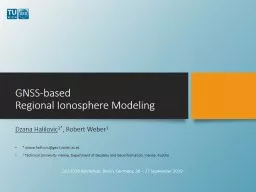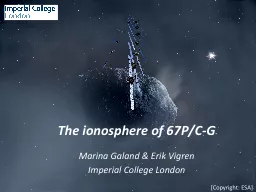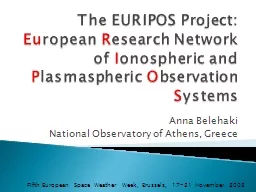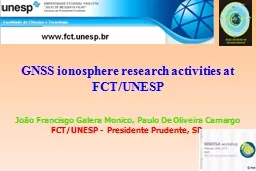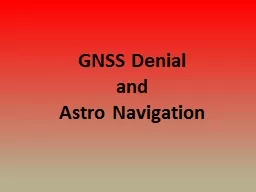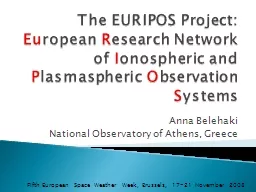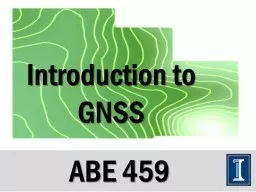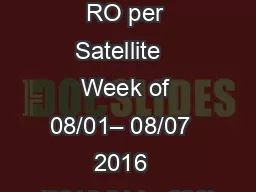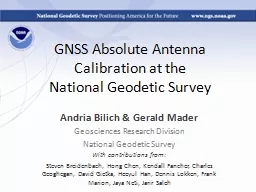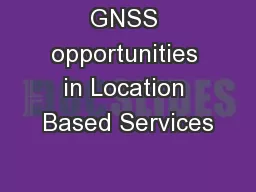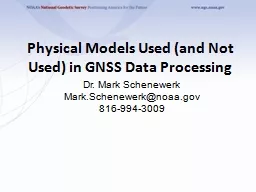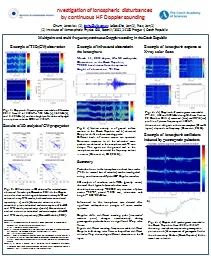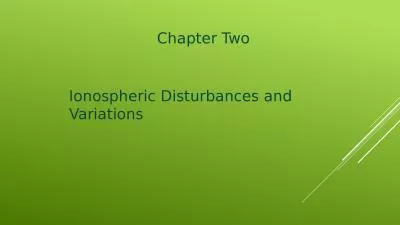PPT-GNSS-based Regional Ionosphere Modeling
Author : nonhurmer | Published Date : 2020-08-27
Dzana Halilovic 1 Robert Weber 1 dzanahalilovicgeotuwienacat 1 Technical University Vienna Department of Geodesy and Geoinformation Vienna Austria SGI 2019
Presentation Embed Code
Download Presentation
Download Presentation The PPT/PDF document "GNSS-based Regional Ionosphere Modeling" is the property of its rightful owner. Permission is granted to download and print the materials on this website for personal, non-commercial use only, and to display it on your personal computer provided you do not modify the materials and that you retain all copyright notices contained in the materials. By downloading content from our website, you accept the terms of this agreement.
GNSS-based Regional Ionosphere Modeling: Transcript
Download Rules Of Document
"GNSS-based Regional Ionosphere Modeling"The content belongs to its owner. You may download and print it for personal use, without modification, and keep all copyright notices. By downloading, you agree to these terms.
Related Documents

